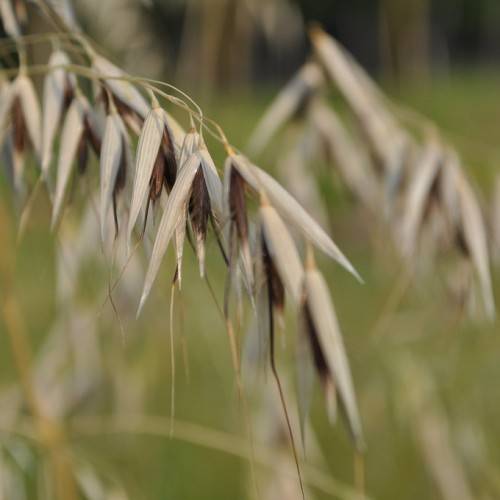
Asian Wild Oats
Avena hybrida
Watering:
Minimal
Hardiness Zone:
Flowers:
Flowers
Sun:
Partial Shade, Shade
Soil:
Sand, Loam
Leaf:
Yes
Growth Rate:
Low
Drought Tolerant:
Yes
Salt Tolerant:
Yes
Care Level:
Medium
watering
Downy False Foxglove (Aureolaria virginica) requires regular watering during the growing season when the soil becomes slightly dry. As a general rule, water your plant at least once a week and apply approximately 1 inch of water. Be sure to adjust the frequency of watering according to the weather -- if it's been raining, you don't need to water as often. During drought periods, you may need to water more frequently. During the dormancy period in winter, do not water.
sunlight
Downy False Foxglove (Aureolaria virginica) prefers full sun to light shade, with at least 6 hours of direct sunlight each day. While this plant needs plenty of light, it also needs plenty of water, so indirectly it is better suited to partial shade to ensure that its soil doesn not become too dry. Morning sun is best, as hot afternoon sun, although necessary to some degree, can be too intense for this species.
pruning
Downy false foxglove is an herbaceous perennial native to the North Carolina region. It typically grows to a height of up to 3 feet tall and produces deep orange, pink, or yellow flowers in late summer. Pruning should be done when it is dormant in the late winter or early spring. Pruning only affects the height and structure of the plant, so prune conservatively and only remove unhealthy, dead, or unruly stems. Prune at least ¼ of the stems to the ground, removing as much of the stem as possible. This will encourage the plant to produce more vigorous stems the following season. Deadheading spent blooms may also be done in the late summer to reduce the amount of seed production. Following these pruning steps will ensure that your downy Foxglove stays healthy and happy!
